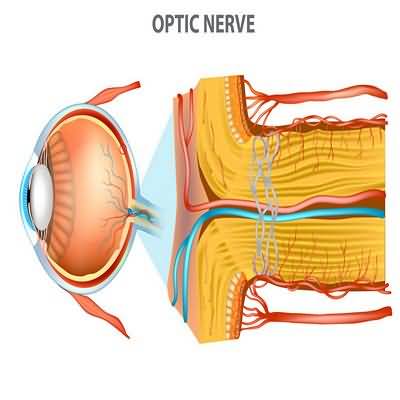acute obstruction of the upper airway
acute obstruction of the upper airway
can be immediately life-threatening and must be relieved promptly to avoid asphyxia
Causes of acute upper airway obstruction include trauma to the larynx or pharynx, foreign body aspiration, laryngospasm, laryngeal edema from thermal injury or angioedema, infections (acute epiglottitis, Ludwig angina, pharyngeal or retropharyngeal abscess), and acute allergic laryngitis
Chronic obstruction of the upper airway may be caused by carcinoma of the pharynx or larynx, laryngeal or subglottic stenosis, laryngeal granulomas or webs, or bilateral vocal fold paralysis
Laryngeal or subglottic stenosis may become evident weeks or months after translaryngeal endotracheal intubation
Inspiratory stridor, intercostal retractions on inspiration, a palpable inspiratory thrill over the larynx, and wheezing localized to the neck or trachea on auscultation are characteristic findings
Flow-volume loops may show characteristic flow limitations
Soft-tissue radiographs of the neck may show supraglottic or infra- glottic narrowing
CT and MRI scans can reveal exact sites of obstruction
Flexible endoscopy may be diagnostic, but caution is necessary to avoid exacerbating upper airway edema and precipitating critical airway narrowing
Vocal fold dysfunction syndrome is characterized by paradoxical vocal fold adduction, resulting in both acute and chronic upper airway obstruction
It can cause dyspnea and wheezing that may be distinguished from asthma or exercise-induced asthma by the lack of response to bronchodilator therapy, normal spirometry immediately after an attack, spirometric evidence of upper airway obstruction, a negative bronchial provocation test, or direct visualization of adduction of the vocal folds on both


















